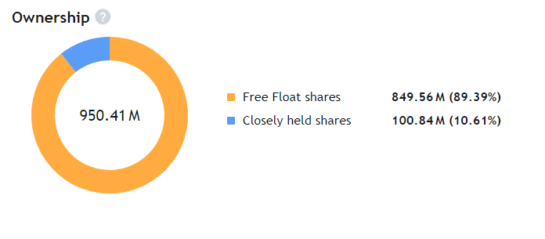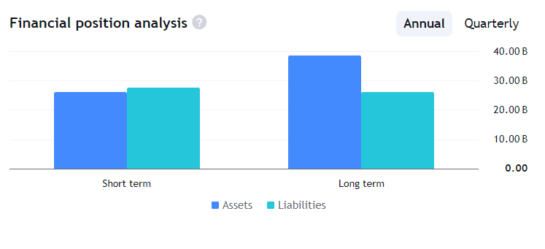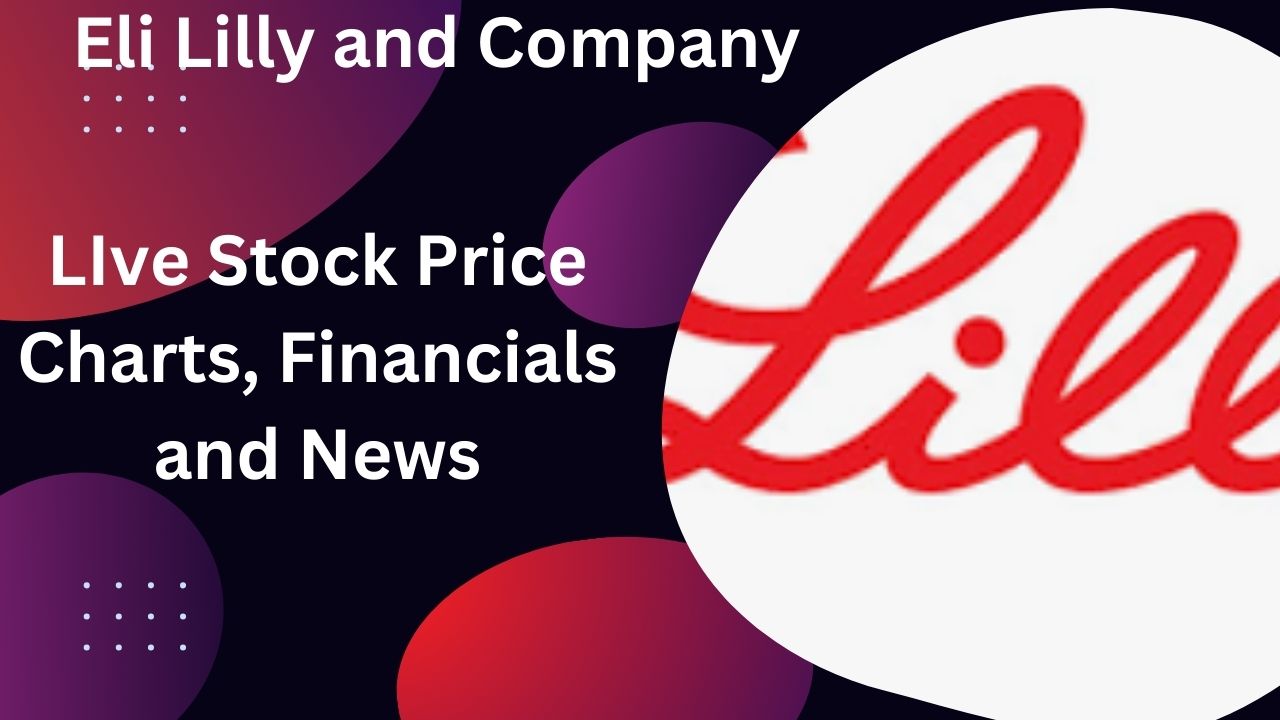Table of Contents
ToggleSymbol Overview
Company Charts
Financials
Company History and Present days
Eli Lilly and Company: From Humble Beginnings to Global Leadership
Founding and Early Days
Eli Lilly and Company was founded in May 1876 by Colonel Eli Lilly, a pharmaceutical chemist and Union Army veteran, in Indianapolis, Indiana. Initially, the company began with just three employees, including Lilly’s son Josiah (J.K.) Lilly. Early on, they focused on the production of medicinal drugs. Their first major success came with the manufacture of quinine, a compound used to treat malaria. By the end of its first year, sales had already exceeded $4,900, and within three years, they had surged to $48,000 (Encyclopedia Britannica).
Moreover, this early success led to rapid growth. Eli Lilly brought his brother James on board as the company’s first salesman, which helped to establish a national market presence. By 1881, the company was officially incorporated, and J.K. Lilly, after graduating from the Philadelphia College of Pharmacy, returned to the company as a pharmaceutical chemist and was appointed superintendent of its research laboratory. Under his leadership, the company continued to expand, becoming one of the largest employers in Indianapolis by the end of the 19th century (Encyclopedia Britannica).
Growth and Innovations
As the company entered the 20th century, it continued to innovate and expand. For instance, in 1913, Lilly established a plant dedicated exclusively to capsule production, and shortly after, Lilly Biological Laboratories were created in Greenfield, Indiana. These facilities were instrumental in developing significant innovations such as gelatin capsules, which improved medication administration and dosage accuracy (Encyclopedia Britannica).
Additionally, one of Eli Lilly’s most significant contributions to medicine came in the 1920s with the mass production of insulin. Partnering with researchers from the University of Toronto, Lilly became the first company to produce insulin on a large scale. This innovation revolutionized diabetes treatment and saved countless lives (Encyclopedia Britannica).
Throughout the 1920s and 1930s, the company continued to expand its product line and improve its manufacturing processes. For example, the introduction of straight-line production allowed for more efficient and cost-effective manufacturing. This innovation contributed to record profits, even during the Great Depression (Encyclopedia Britannica).
Video Referance : Yahoo
Modern Era and Recent Developments
In recent years, Eli Lilly has maintained its position as a leader in the pharmaceutical industry. The company has focused heavily on developing treatments for diabetes and obesity. For instance, its diabetes drugs like Trulicity, Mounjaro, and Jardiance have achieved significant market success. In 2023, Lilly introduced Zepbound, an injectable medication for obesity and weight-related conditions, underscoring its commitment to addressing major health issues (Fierce Pharma) (Encyclopedia Britannica).
Reference Company You tube Channel: LLY
Current Leadership and Investor Relations
As of 2024, Eli Lilly and Company remains a publicly traded entity, listed on the New York Stock Exchange under the ticker symbol LLY. The company employs over 42,900 people globally and continues to be headquartered in Indianapolis, Indiana (Encyclopedia Britannica).
Eli Lilly’s current board of directors includes leaders from various industries, ensuring a diverse range of expertise and perspectives. Key members include David A. Ricks, the Chairman and CEO, who has been with the company for over two decades. Other prominent figures from finance, healthcare, and technology sectors also serve on the board, providing strategic oversight and direction.
Investors continue to show confidence in Eli Lilly, driven by its strong pipeline of new drugs and consistent financial performance. For example, the company’s focus on innovative treatments and expanding global reach positions it well for future growth. In 2024, Eli Lilly is expected to generate nearly $5 billion in new sales, further cementing its market leadership alongside competitors like Novo Nordisk (Fierce Pharma).
Conclusion
Eli Lilly and Company’s journey from a small pharmaceutical startup to a global industry leader is marked by continuous innovation and a commitment to improving health worldwide. With a rich history of groundbreaking developments and a forward-looking approach to new treatments, Eli Lilly remains at the forefront of the pharmaceutical industry, poised for continued success in the years to come. For more detailed information on Eli Lilly’s history and latest developments, resources like FiercePharma and Britannica offer comprehensive insights into the company’s ongoing contributions to medical science and its future prospects (Fierce Pharma) (Encyclopedia Britannica).
Share Ownership Structure
as May 18 2024


Company News

